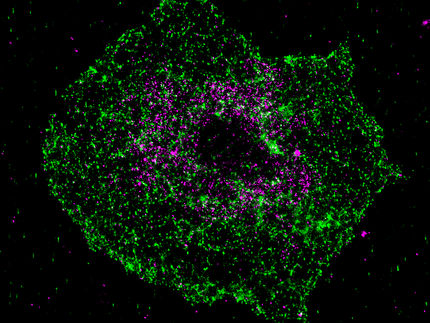Combined hormonal contraceptives continue to outweigh risks
Advertisement
The EMA’s pharmacovigilance Risk Assessment Committee (PRAC) has reviewed the risk of venous thromboembolism (VTE or blood clots in veins) with combined hormonal contraceptives (CHCs). The PRAC concluded that the benefits of CHCs in preventing unwanted pregnancies continue to outweigh their risks.
There is no reason for women who have been using CHCs without any problem to stop taking them on the basis of this review. It is important that women are made aware of the risk of VTE and its signs and symptoms, and that doctors take into consideration a woman’s individual risk factors when prescribing a contraceptive.
This review has confirmed that the risk of VTE with all CHCs is small and has shown that there are small differences between the CHCs depending on the type of progestogen they contain. It has reinforced the importance of ensuring good information for women who use these medicines and for the healthcare professionals providing advice and clinical care.
When prescribing a CHC, doctors should assess a woman’s individual risk for blood clots regularly, as the risk changes over time. Risk factors include among others smoking, being overweight, increasing age, having migraines, family history of VTE and having given birth in the previous few weeks. Doctors should also consider how the risk of VTE compares with other CHCs.
It is important that women and doctors remain alert for the signs and symptoms of thromboembolism, which may include severe pain or swelling in the legs, sudden unexplained breathlessness, rapid breathing or cough, chest pain, and face, arm or leg weakness or numbness. In case a woman develops any of these signs and symptoms she should seek medical advice immediately.
The risk of VTE with CHCs differs among products depending on the type of progestogen they contain. Having assessed all the available data, the PRAC concluded that:
- The risk is lowest with the CHCs containing the progestogens levonorgestrel, norgestimate and norethisterone: it is estimated that each year there will be between 5 and 7 cases of VTE per 10,000 women who use these medicines.
- The risk is estimated to be higher with the progestogens etonogestrel and norelgestromin, with between 6 and 12 cases yearly per 10,000 women.
- The risk is also estimated to be higher with the progestogens gestodene, desogestrel, drospirenone, with between 9 and 12 cases yearly per 10,000 women.
- For CHCs containing chlormadinone, dienogest and nomegestrol, the available data are insufficient to know how the risk compares with the other CHCs, but further studies are ongoing or planned.
For comparison, in women who are not using CHCs and who are not pregnant, there will be around 2 cases of VTE each year per 10,000 women.
The review also looked at the risk of arterial thromboembolism (ATE, blood clots in arteries, which can potentially cause a stroke or heart attack). This risk is very low and there is no evidence for a difference in the level of risk between products depending on the type of progestogen.
The product information, including the package leaflet, will be updated to help women make informed decisions about their choice of contraception together with their healthcare professional. In the meantime, women who have any questions or concerns should discuss them with their doctor at their next routine appointment.




















































